25 Years of Photographing NASA's Abandoned Launch Sites
Photographer Roland Miller has spent 25 years gaining access to abandoned NASA sites across the United States, capturing their history and strange imagery before they disappear.
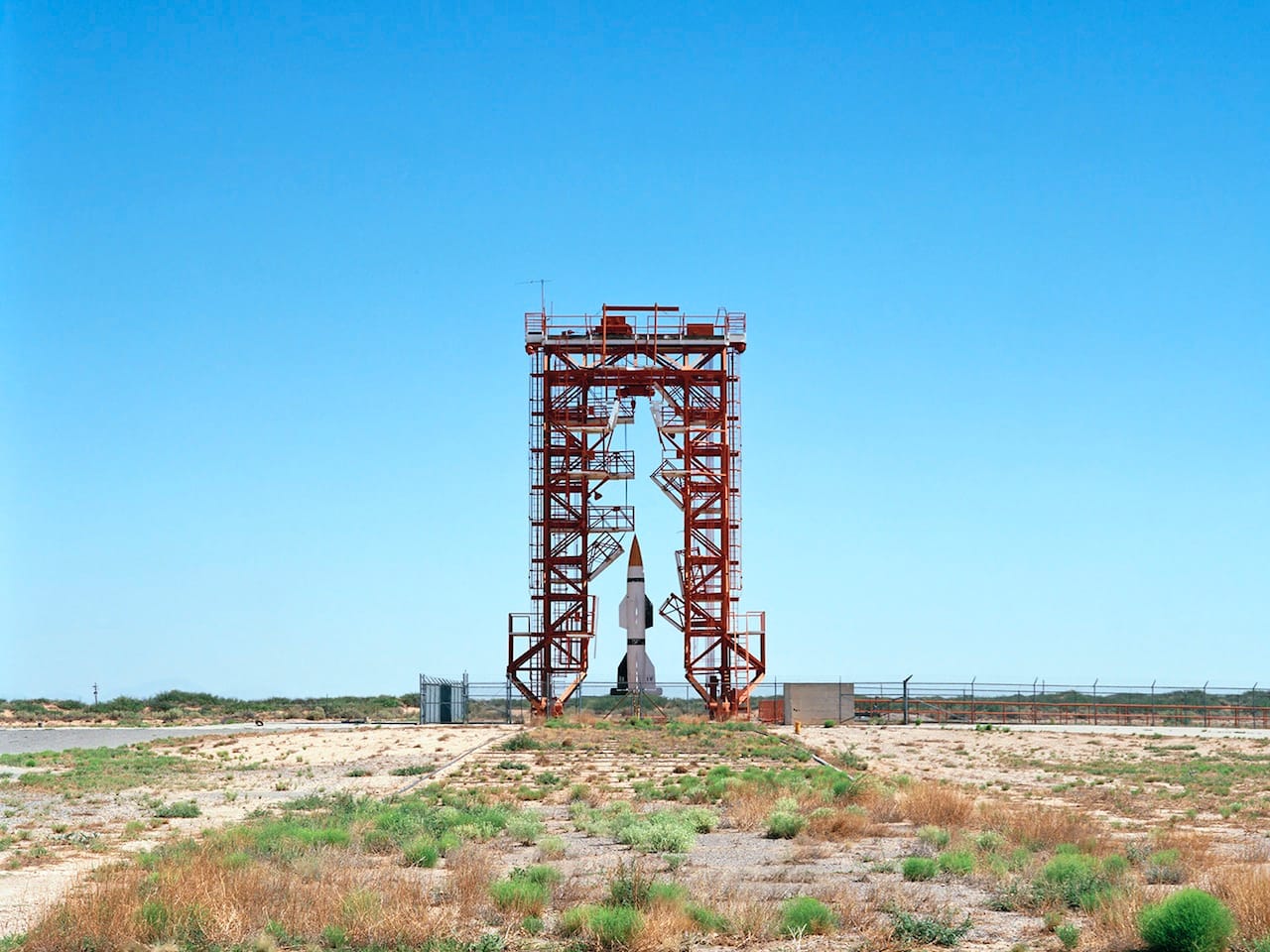
The European Space Agency’s recent landing of a probe on a comet inspired widespread awe in human technology’s ability to advance our reach into the stars. Even as the Philae lander, drained of battery life after its decade-long journey, sleeps on the massive rock traveling at 85,000 miles per hour, it’s a major achievement in space exploration. But after the fanfare of launch, many space missions’ Earth-bound stations lose their purpose and fall to ruin. Photographer Roland Miller has spent 25 years gaining access to abandoned NASA sites across the United States, capturing their history and strange imagery before they disappear.

“I found out about the abandoned launch complexes on Cape Canaveral Air Force Station while consulting with an environmental engineer regarding proper disposal of photography chemicals,” Miller explained to Hyperallergic. “These facilities were the focus of great world attention in my youth, yet they were rusting away. It seemed natural that I should preserve them photographically.”
He plans to publish 100 of the photographs next year in a book from the University of New Mexico Press, partly funded through a successful Kickstarter funding campaign. Titled Abandoned in Place, the series is a journey through the rusted and faded complexes of space exploration past, from Mercury Mission Control at the Cape Canaveral Air Force Station in Florida, to the Apollo Saturn V F1 Engine Test Stand in Santa Susana, California. Close-ups show the deterioration of a lunar module, or water filling the flame deflector tracks at a launch complex.
“It actually took me about two years of trying different avenues to get the kind of access I desired,” Miller stated. “I wanted to photograph early in the morning — right at dawn — the same time those early missions were usually lifting off, and also when the warm morning light illuminated the launch stands and blockhouses.”
While his photos are a form of documentary, he noted that he tries “to avoid a nostalgic approach,” and instead celebrate the hidden details of these places. Miller estimates that about half of the locales featured in his project have disappeared since he started shooting. Torn down or falling to pieces on off-limits military or NASA-controlled land, the historic sites are preserved in Miller’s photos, and in the accomplishments of space exploration that have followed.
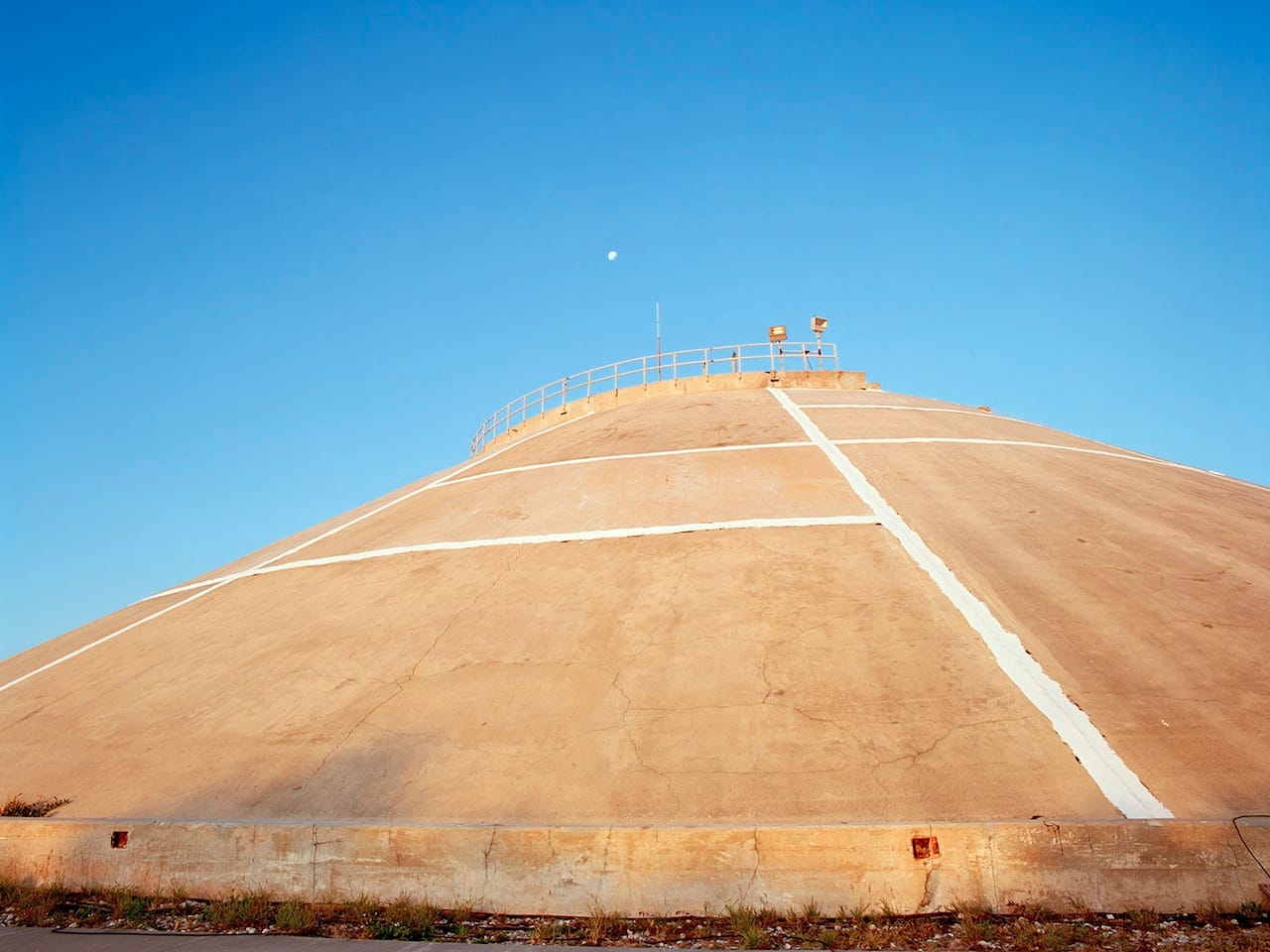

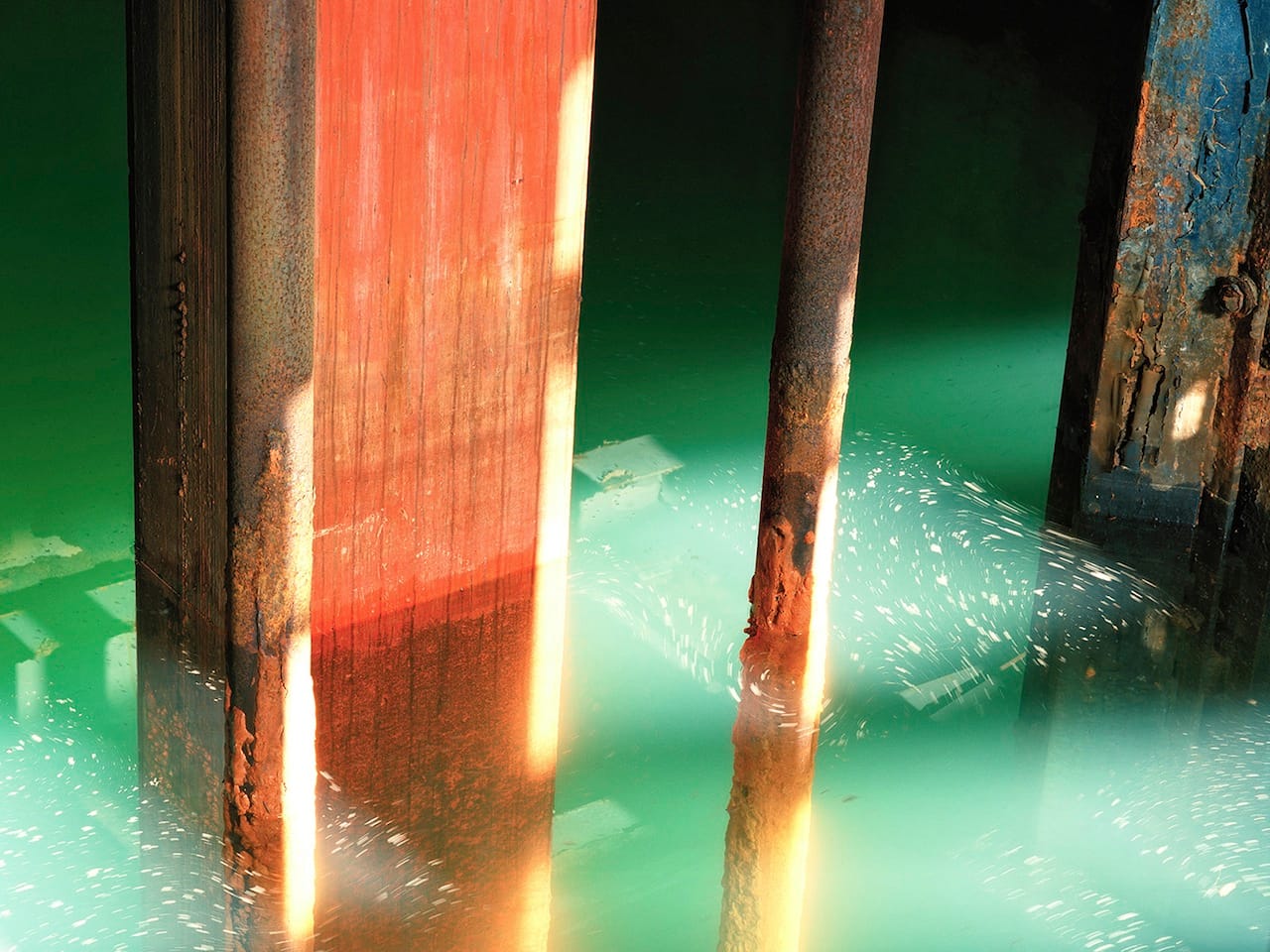
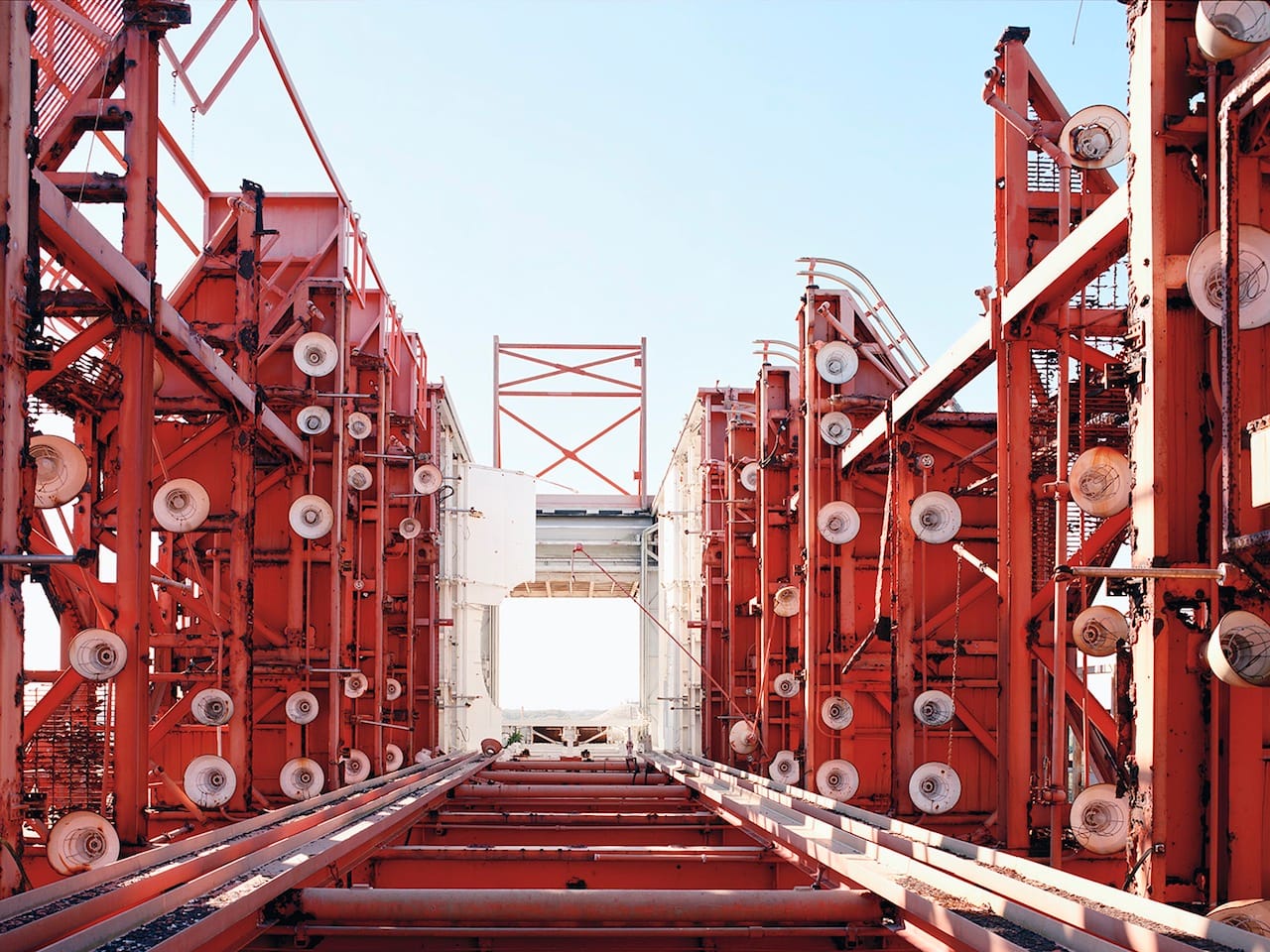
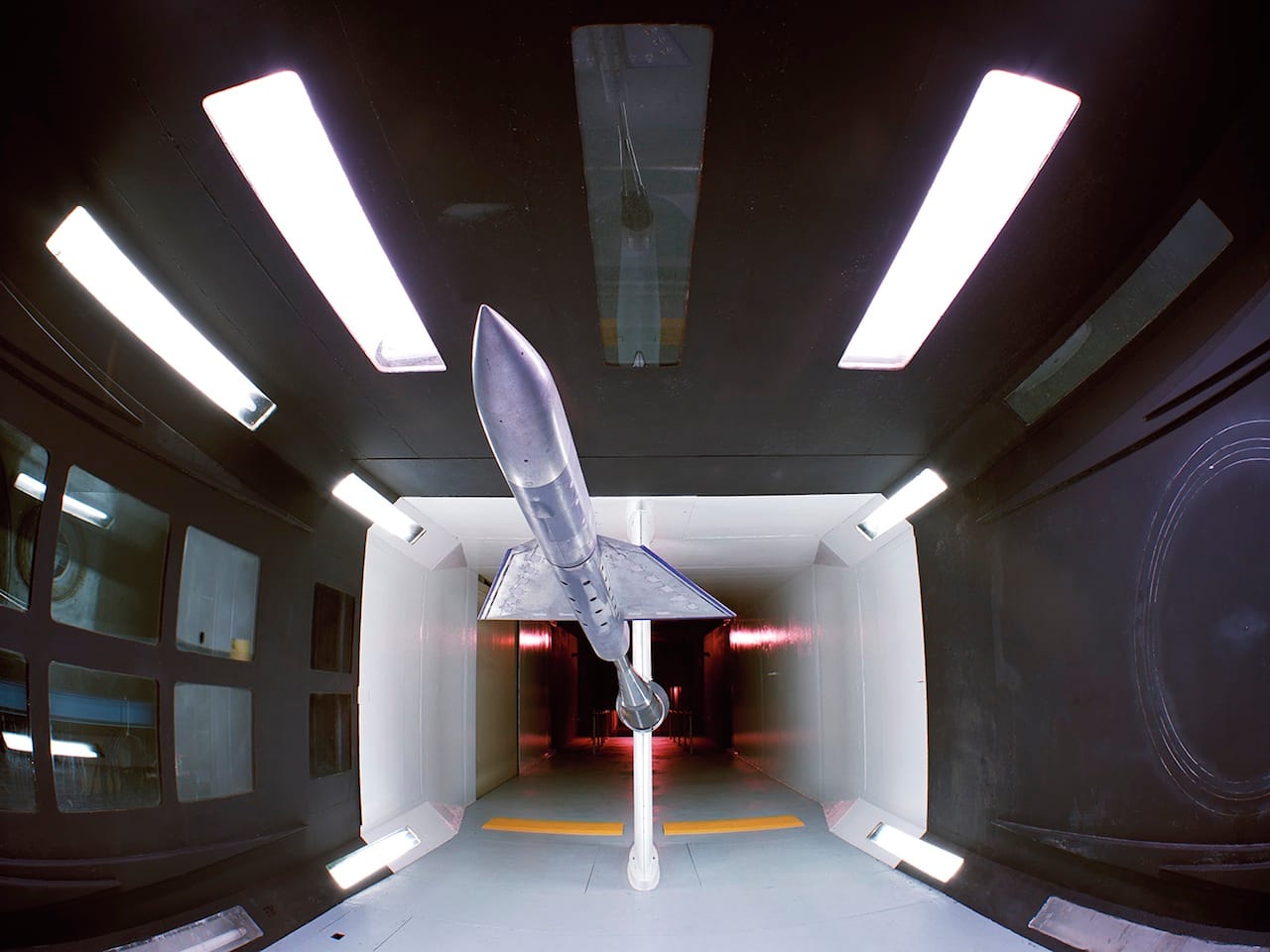
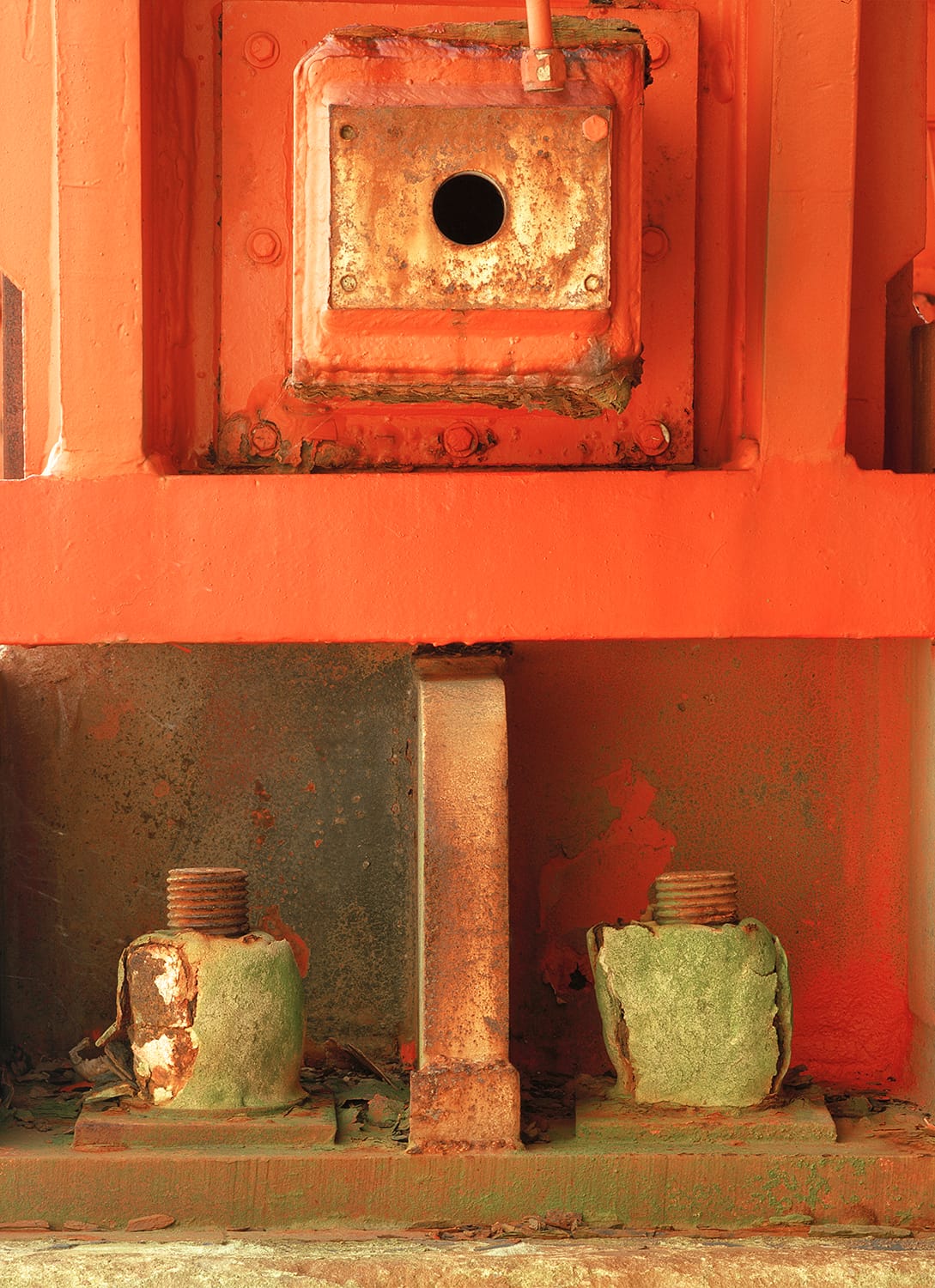
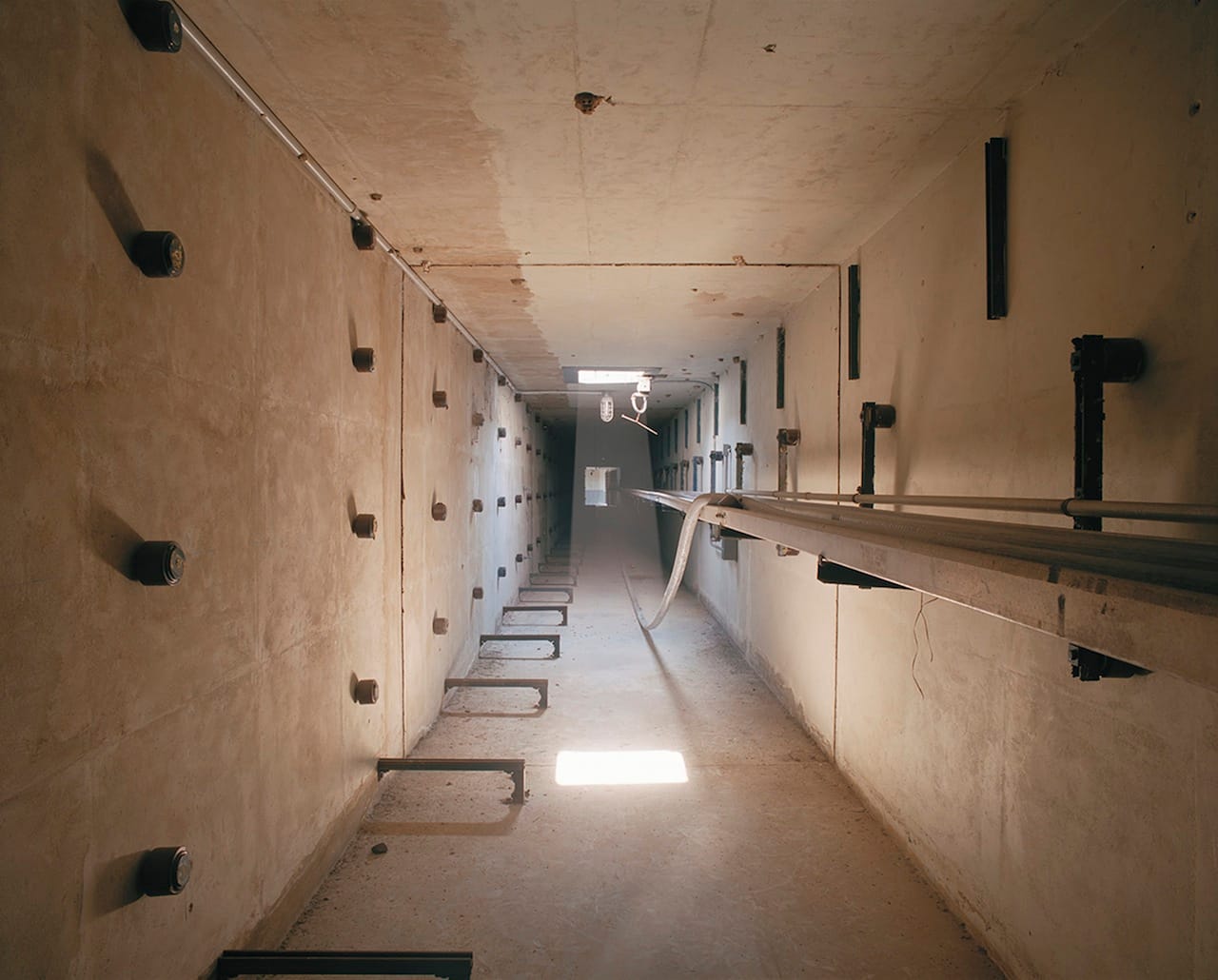
Read more about Abandoned in Place on Roland Miller’s site.





